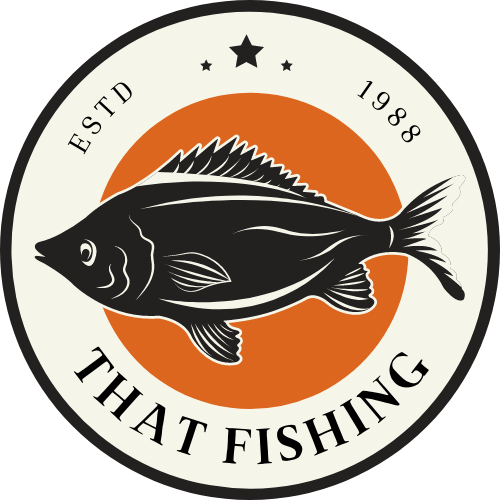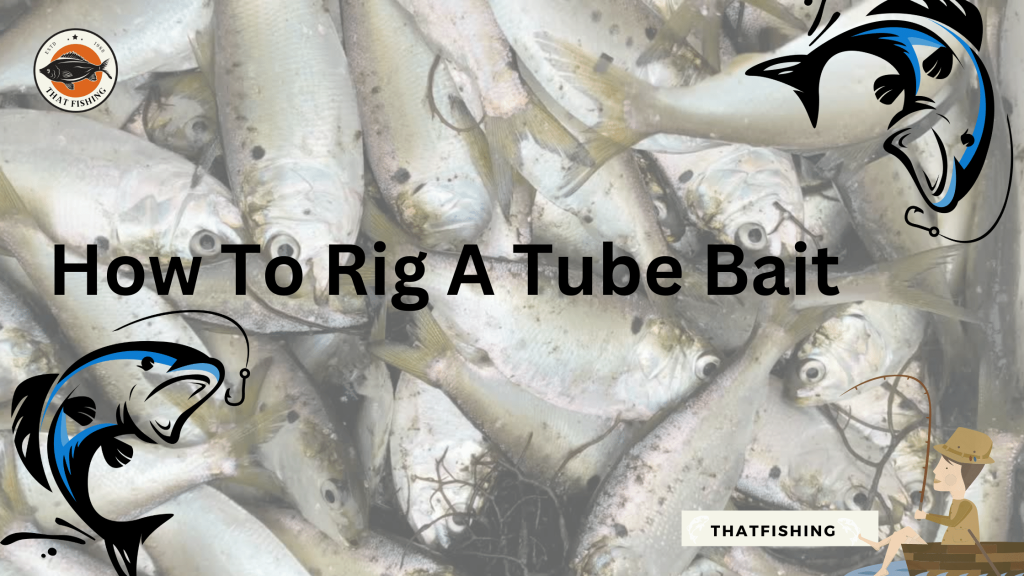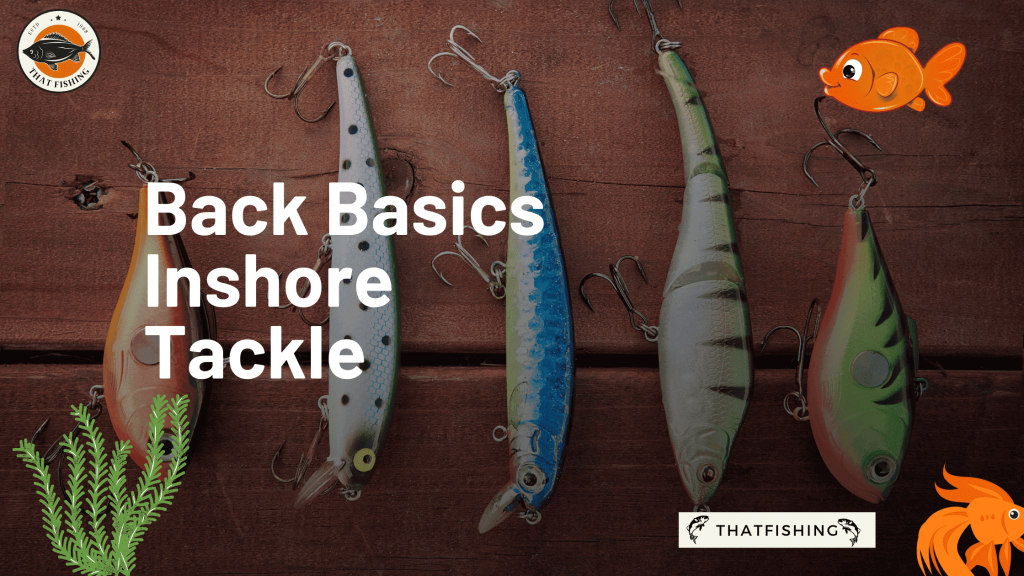Tube baits are one of my favourite baits because they resemble well the actions of an actual live fish. If you are an angler who uses various types of lures, knowing the procedures on how to rig a tube bait can be one of your preferences.
Whether you are fishing for fun or a tournament, this type of fishing tackle will give you tremendous confidence that you will land your target fish.
While many fish catchers who have not tried rigging tube baits may think this procedure is too simple, it often requires some skills that need some practice to master. Hence, in this article, I will present some of the ways you can do this with more ease, so let’s get started.
The Useful Methods On How To Rig A Tube Bait
Materials Needed
- Hook
- Tube Bait Jig Head
- Offset Hook
- Tube Bait
- The Methods Of Rigging A Tube Bait
- Texas Rig
- Stupid Rig
- Rigging Tubes With Tube Bait Jig Heads (The Quicker Way)
Materials Needed
Along with your main tackles, fishing knots and rigs, what you need are just two other pieces of equipment.
Hook
There are two types of hooks necessary for this tutorial.
Tube Bait Jig Head
We will use this kind of hook when we discuss the last method included in this tutorial. The type of jig head hook that you will use depends on your fishing needs, but I suggest choosing based on your target fish and the type of tube bait that you already have.
If you are using a three-inch tube bait, you can use a 1/8 or 3/16-ounce jig head on a 2/0 hook. This type of jig head hook is a perfect pick when angling smallmouth bass. If you prefer using bigger tube baits for largemouth bass, for instance, one that has a size of four to four and a half inches, you can use 1/4 or 3/8 ounce jig head hooks.
Offset Hook
Most anglers are familiar with this type of fishing tackle, but to give a glimpse of it, this is a fishing hook that has an offset bend which is important because the curve holds up the soft plastic on the hook.
The hook’s tip is also not in line with the hook’s eye, which gives you a better chance of grabbing skin on the way out of the mouth of the fish.
What I typically use is the 4/0 Owner Z-neck offset hook, but any brand works as long as you find that it is a good pair with your soft tube bait. Some also prefer Gamakatsu hooks.
Tube Bait
This cylindrical soft plastic lure is a hollow tube with one end closed while open on the other; a section which some call the butt and which has thin strips many call the tail. These tiny tentacles enticingly move so that they can quickly attract your target fish.
You may also come across anglers who call this lure ‘Gitizits’ which is a name of a particular brand I use often. There are several tube bait options to choose from in the market.
The Methods On Rigging A Tube Bait
Here is the simple method On rigging A tube bait
1. Texas Rig
You can find the procedures in using an offset hook almost similar to the steps that you do when you are rigging a real worm. What you do is enter the hook point above the head of the tube; do this to around one-fourth (1/4) inches from the head of the bait or until the part where the curve or bend starts. After this step, move the hook sideward until the point of the hook exits the bait’s body.
Do not allow the eyelet to bury inside the head. Let it remain outside the bait’s head instead. Turn the hook around so the hook point is facing the bait’s body. Mark the spot where the shaft of the hook and the body of the tube intersects with your finger by laying the hook beside the tube. This spot is also the location where you will penetrate the hook point.
Bend the bait, and insert the hook through the hook point at around a 90-degree angle. Push the bait forward by pinching it. Make sure the hook point is flush which is important to prevent the hook point from catching any junk or weeds when you fish the tube.
If you are fishing in a cover which is heavier than the last two I mentioned, you have the option to position the hook points merely under the tube’s skin. Remember that your bait resembles a worm, so do it as if you are doing it in a real one. Pull the skin of the tube and the point of the hook apart and let the point get buried beneath the bait’s skin as you push back the skin over it.
2. Stupid Rig
This method is another simple procedure that you can do to rig your tube bait. According to anglers, this style of rigging is one of the most efficient ways to rig a tube bait because it allows the bait to move naturally.
In fact, this was also the style of rigging I once used when I was trolling and using a downrigger, and it never caused the tube to fall, even when I engaged in bottom fishing.
To begin, you will need to insert the point of the hook on the tube’s hollow head. Run the hook until it reaches the spot that is one-fourth inches from the nose of the bait (this is also the section where the hook point comes out when you are doing Texas rig), and let it exit.
Pull the hook point through and all the way down until the jighead stops it. Turn the hook around so that the hook point will be toward the bait’s tail. Poke the jig head’s eye out the tube’s other side. This way, you can tie your line in the eyelet.
Lastly, insert the point of the hook until it gets out of the other side of the tube. Skin hook the hook’s tip back into the wall of the tube so that the hook’s point is flush.
3. Rigging Tubes With Tube Bait Jig Heads (The Quicker Way)
A more simple way to rig tube baits is to use lead jig heads, another type of fishing gear that tackles anglers use to hook a fish. This procedure is probably one of the quickest ways to rig a tube. It is also an effective method, especially when fishing in a light cover.
To do this procedure, the first thing you have to do is select a lead jig head which you think has an appropriate weight.
Bury the jig head into the butt of your tube bait’s hollow body. Do this until you flush the whole hard jig’s head thoroughly; this way, you can ensure it will not come out of the tube’s body.
While doing this, make sure that the lead jig’s eyelet extends above or beyond the surface by forcing it through the plastic; this is important as you have to fasten or tie the line to the eye before you push it back into the tube body.
This step is straightforward, and after doing it, you will notice that the hook sticks out, which will help you have good hookups. However, it also makes it not suitable for throwing in weed-rich fishing spots, so other anglers use a weed guard, a wire which hooks up underneath the barb’s hook.
Related Reads:
conclusion
I hope that through this tutorial, you get some quick tips on how to rig a tube bait. As an angler who always tries to experiment with new ways to add more fun to my fishing experience, I find these methods very helpful in preventing my tubes from falling.
While you may have already been applying one of these procedures, I hope that you find new ways how to do it to help you on your next fishing adventure.
If you find this article useful, too, please leave your insights in the comments section below or feel free to share this article with your friends.
FAQs
What is the best hook for tube baits?
For 2.5″ tubes, the 1/0 is ideal, the 2/0 is ideal for all regular tubes and double dip tubes, and the 3/0 is an excellent match for full-size 4″ tubes.
Full form for JIG is Joint Interrogation Group in Governmental category.
Outboard rigging tubes help protect cables, wires and hoses from damage.



